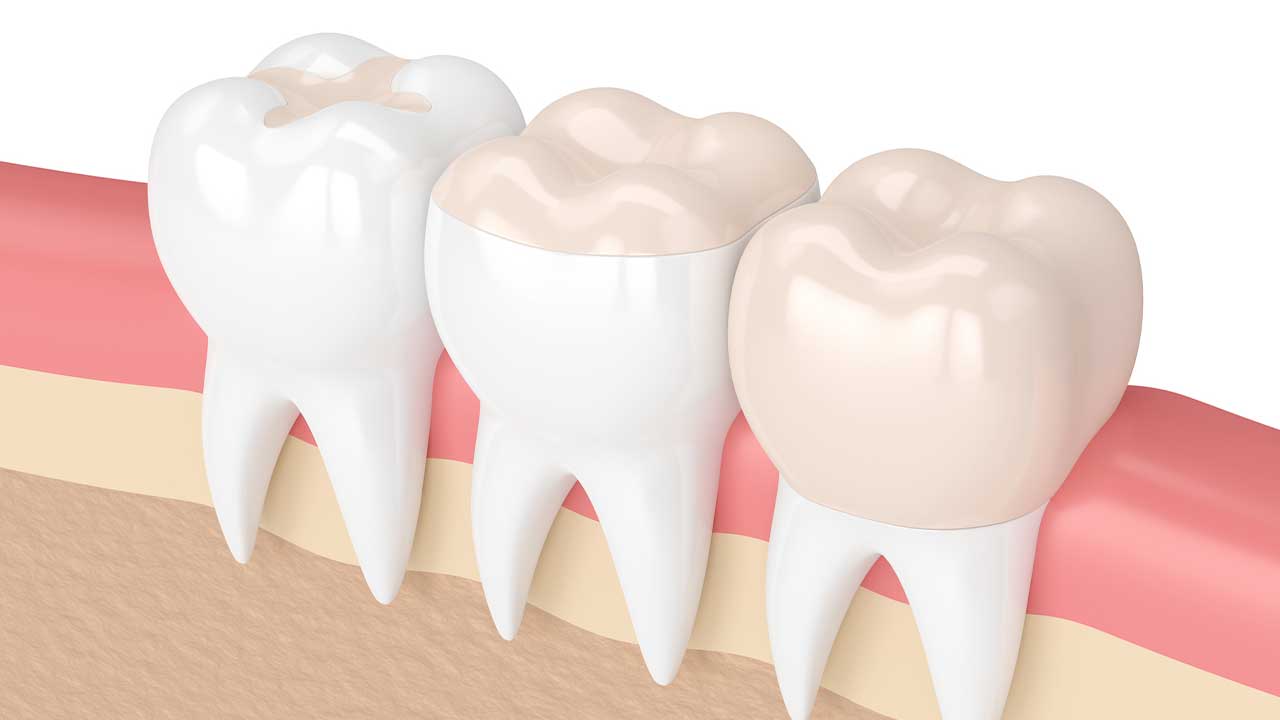If you’re considering training as a dental administrative assistant, one area of dentistry you’ll learn a bit about is prosthodontics. While you may never have heard this word before, it is actually an extremely important specialty within dentistry. Having a basic understanding of prosthodontics can help you in your dental administrative assistant career in a number of ways, including by opening up new opportunities and helping you thrive on the job. Let’s take a look at what prosthodontics is and why dental administrative assistants should know about it.
What Is Prosthodontics and What Do Prosthodontists Do?
The word prosthodontics comes from combining the Greek words for replacement (“prostho”) and teeth (“dont”). That gives you a good idea of what prosthodontists do: they specialize in anything related to replacing teeth, such as tooth reconstruction, dental implants, crowns, dentures, and bridges.
People visit prosthodontists for a number of reasons. Teeth can decay due to aging or poor diet, for example, and might need to be replaced. Teeth can also become damaged by a traumatic incident, such as a car accident. Certain congenital or acquired health conditions, such as cleft lip or palette, mouth cancer, and stroke, can necessitate a visit to a prosthodontist to reconstruct teeth or other parts of the mouth. A prosthodontist who specializes in treating people with such congenital or acquired defects is referred to as a maxillofacial prosthodontist.
Fixed vs. Removable Prosthodontics
One area of prosthodontics that you can learn about in a dental administrative assistant diploma program is the difference between fixed and removable prosthodontics. Fixed prosthodontics is a branch of prosthodontics that concerns tooth restoration techniques that are permanently attached inside the mouth. Some common examples of fixed prosthodontics include crowns, bridges, veneers, onlays, and inlays.
Removable prosthodontics, as their name implies, are tooth restoration procedures that can be physically removed and reattached. A more commonly known name for removable prosthodontics is dentures. There are two main types of dentures: complete dentures that replace all of the teeth or partial dentures for replacing just some teeth.

You will learn about fixed prosthodontics during dental administrative assistant training
Why Do Dental Administrative Assistants Need to Know About Prosthodontics?
Obviously, dental administrative assistants don’t actually replace teeth with crowns, dentures, or other prostheses themselves—that’s the job of the prosthodontist! So, you may be wondering why prosthodontics is covered by dental administrative assistant courses. As a dental administrative assistant, understanding some of the basics of prosthodontics can help you in a number of ways during your career. For one, it will open up more opportunities since you’ll be a more attractive candidate not just for general dentistry offices, but also for offices that specialize in prosthodontics.
Secondly, dental administrative assistant programs that cover prosthodontics help you better tackle issues that come up while on the job. Even if you work for a dentist who specializes in an area outside of prosthodontics, knowledge of this specialty could come in handy. A new patient may schedule an appointment through you, for example, and mention that she recently went to a prosthodontist to get a bridge done. Understanding what a bridge is and being able to relay the information to the dentist will help you excel in your job.
Do you want to complete training for a rewarding career?






